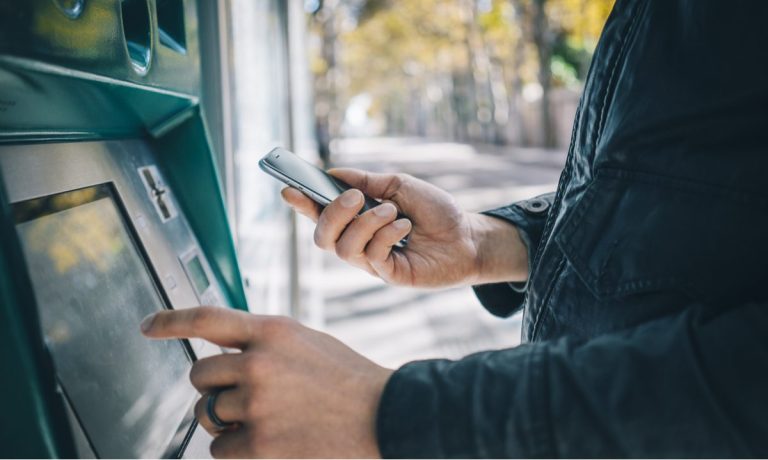
ATMs have been around for decades, but in one way, they can represent the future of banking.
Just ask Grace Pace, senior vice president of digital banking at Quontic Bank.
“Until there’s no need for cash, that’s the only way customers have the ability to access real money in their hands when they’re digital banking customers,” she told PYMNTS recently.
Quontic owns just one ATM, but gives customers access to more than 90,000 of the machines across the United States by working with multiple ATM network providers, Pace said.
By waiving ATM fees, the bank can help ensure that its digital banking customers are not limited when it comes to withdrawing or depositing cash.
Contracting out ATM service makes the most sense for Quontic, as trying to operate to maintain its own nationwide ATM network would be prohibitive.
“Our focus is providing free ATM access by leveraging ATM networks that our customers can use,” Pace said.
As the technology around ATMs grows, Quontic’s customers will be able to access many of those technologies without further investment from the company, she said. All the financial institute has to do is make sure that its own offerings work with its partner ATM networks.
“As ATMs evolve, the more services they offer, the better for our customers, because then they’re able to do more at an in-person terminal instead of having to do as much online,” Pace said in her PYMNTS interview.
She explained that the bank can work on the app and software side, allowing for functionality such as contactless ATM interactions on a mobile device. The key is staying up to date on features available in its partner ATM networks to ensure compatibility.
“We make sure the debit cards we’re providing are compatible with the ATM networks we’re partnered with. That way, [customers] aren’t required to go to only a certain network. They can use multiple networks, and their cards will work just fine,” she said.
For more on Quontic Bank and the evolution of digital banking, download the Digital-First Banking Tracker, a PYMNTS and NCR collaboration.